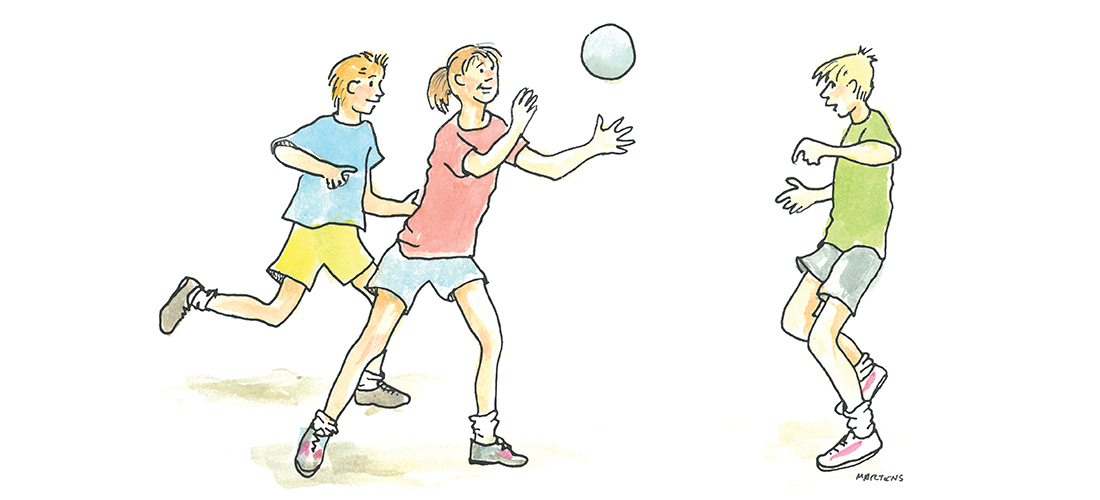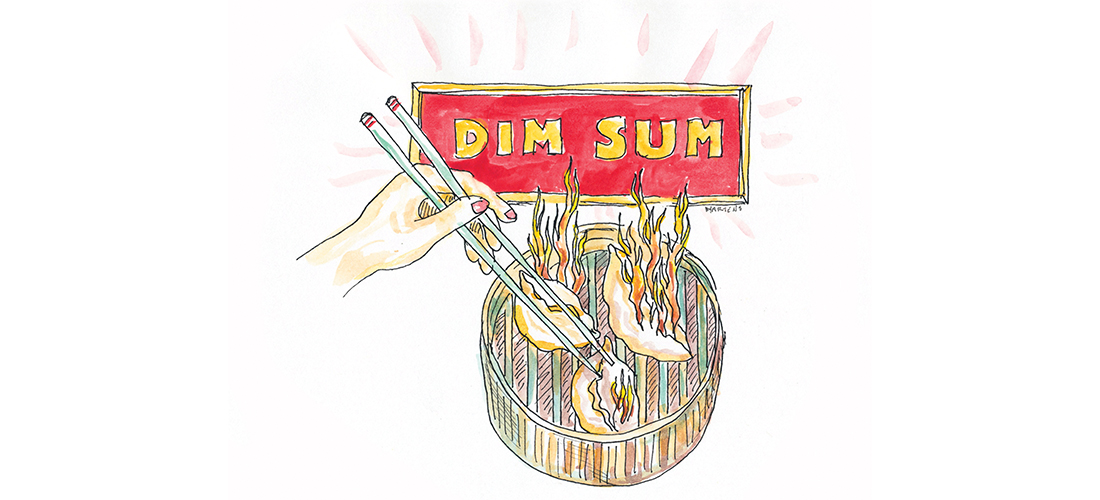Who Would Do That?
The greatest play call ever
By Jim Moriarty
It’s September and the air is thick with footballs. While there remains no doubt we are living in a deeply divided nation, I feel certain there is one thing upon which we can all agree. When the Seattle Seahawks had the ball on the New England Patriotsʼ 1-yard line, trailing 28-24 in Super Bowl XLIX, and Russell Wilson threw it instead of turning around and handing it off to Marshawn (Beast Mode) Lynch, it was the worst single play call since prehistoric man tried to bring down a woolly mammoth with a thigh bone and a piece of quartz.
I mention this not to give my offshore gambling friends, and you know who you are, hair-raising and ghastly flashbacks, but simply by way of comparison since I, in fact, witnessed the best single play call ever made in a game of football. The puntrooskie.
It was Sept. 17, 1988. I was photographing the Florida State-Clemson game and, though I don’t recall it raining during the second half that Saturday afternoon, the field was sloppy from early in the day. The visiting Seminoles were ranked No. 10 in the nation and the Tigers No. 3. With the game tied 21-21, Clemson had succeeded in bottling the Seminoles up in their own end of the field. There was just 1:30 left in the fourth quarter, and Florida State was going to have to punt the ball away on 4th and 4 from their own 21 yard line. But Bobby Bowden, the Seminoles coach, had other ideas.
I was kneeling in the back of the end zone, focusing on the punter, Tim Corlew, in the event Clemson would come after him hard trying to block the kick. The Seminoles lined up in punt formation and when the center snapped the ball, Corlew leapt high in the air as if it had sailed over his head, then turned and ran after what would turn out to be a nonexistent loose ball. I frantically searched for it through my lens. Nothing. By the time I put my camera down on the ground in front of me, I couldn’t believe my eyes.
This is what happened. The center had direct snapped the ball at a slight angle to an up back, fullback Dayne Williams, who was in normal punt formation ready to block opposing players rushing the punter. Williams, in turn, passed the ball between his legs to LeRoy Butler (who, incidentally, had a 12-year career in the NFL, played in two Super Bowls and was just inducted into the Pro Football Hall of Fame). Butler bent over with the ball tucked in his stomach, hiding it the best he could, and just kind of stood there. Williams and the rest of the Seminoles all broke to their right, essentially faking the fake punt, and the Clemson pursuit went with them, some even bumping into the guy who actually had the ball.
Afterward, Butler explained it this way: “When I looked up, nobody was there.” He took off running and was finally forced out of bounds on the Clemson 1. Florida State would kick a field goal to win 24-21.
In the interview room after the game, Bowden was, of course, asked about the play’s design. “Would you like me to show you?” he replied. Bowden got the writers to get up out of their seats, then he started rearranging their folding chairs to show them who was where and how the whole thing worked. But the truth is, it worked because no one — no one — would ever make that call in that situation. With a minute and a half left in the game? On your own 21? On a wet field? All Butler had to do was slip and they lose. Utterly ridiculous.
Beano Cook, who had been the sports information director at the University of Pittsburgh for a decade and went on to become a colorful commentator for ESPN, called it “the greatest play since My Fair Lady.” PS
Jim Moriarty is the Editor of PineStraw and can be reached at jjmpinestraw@gmail.com.










